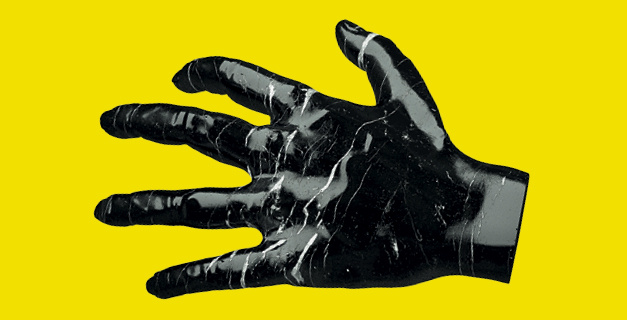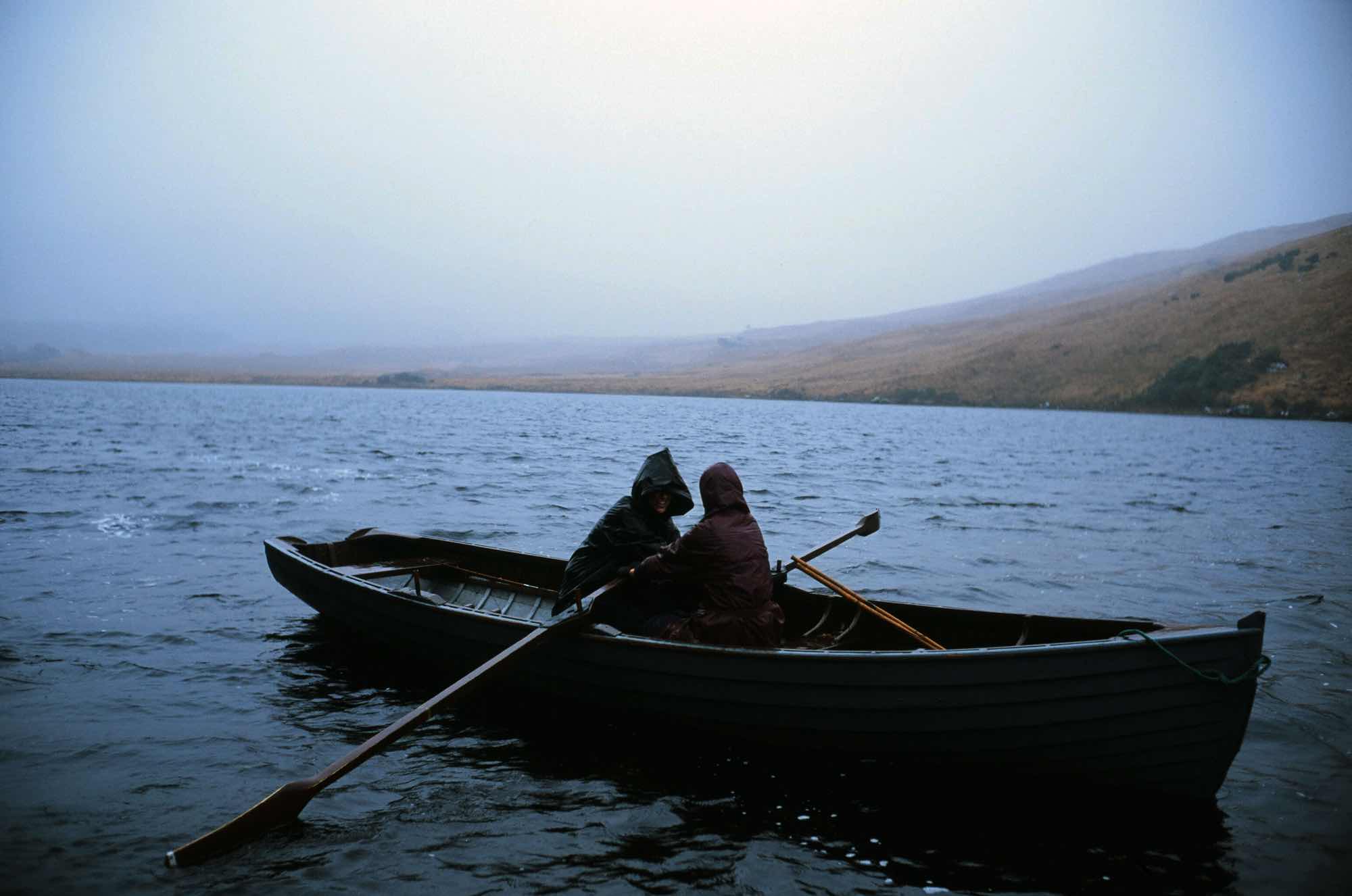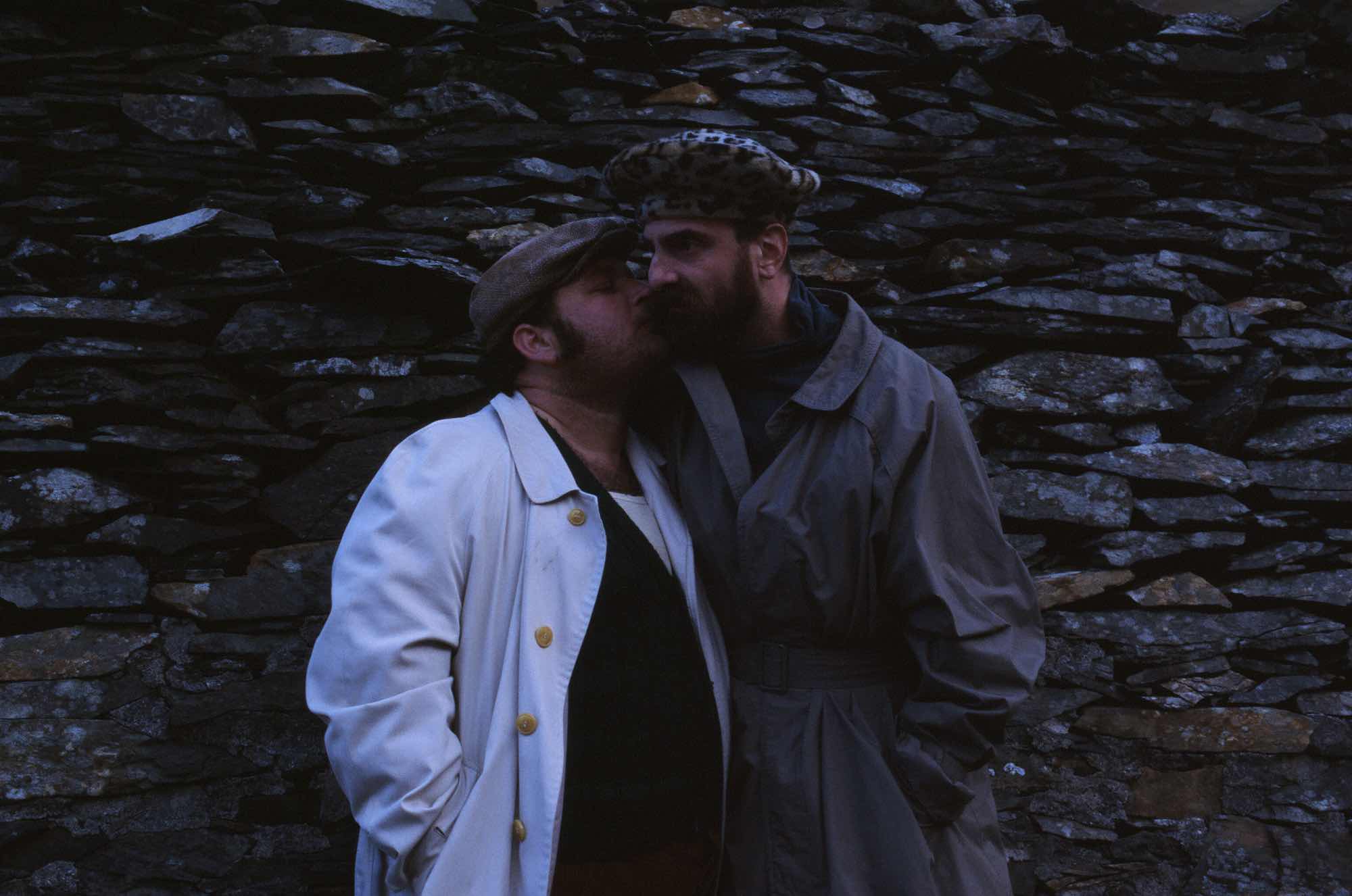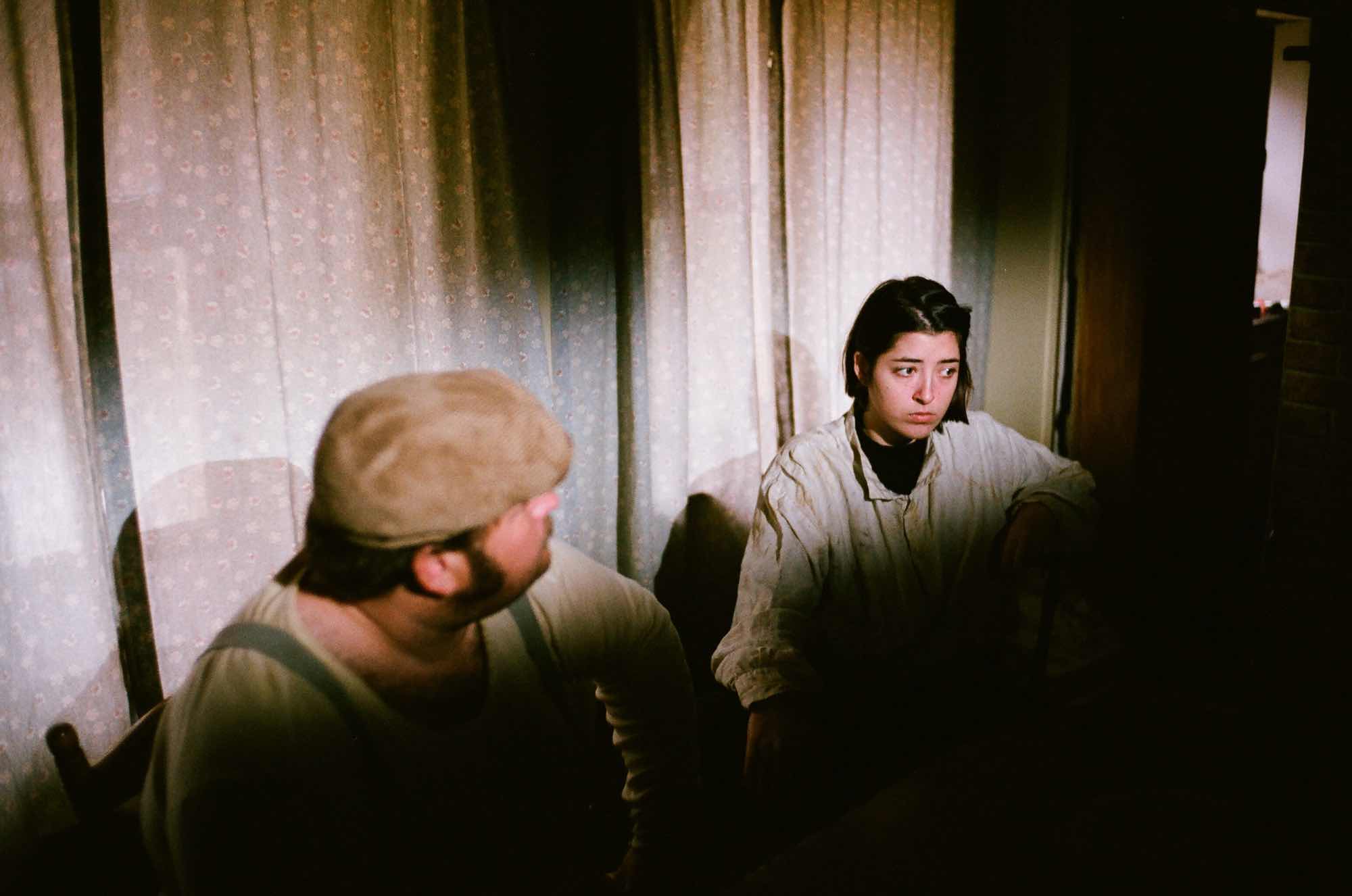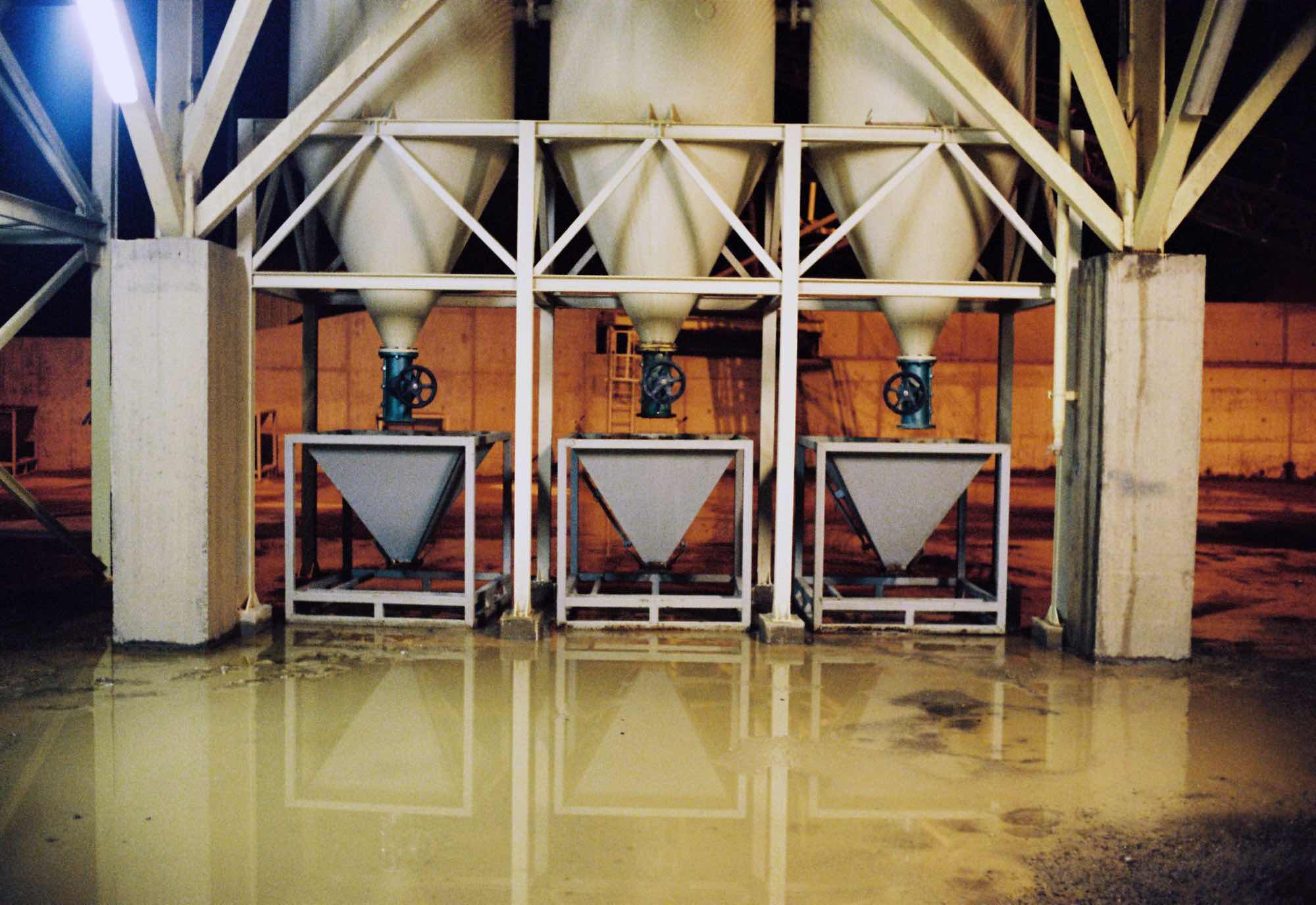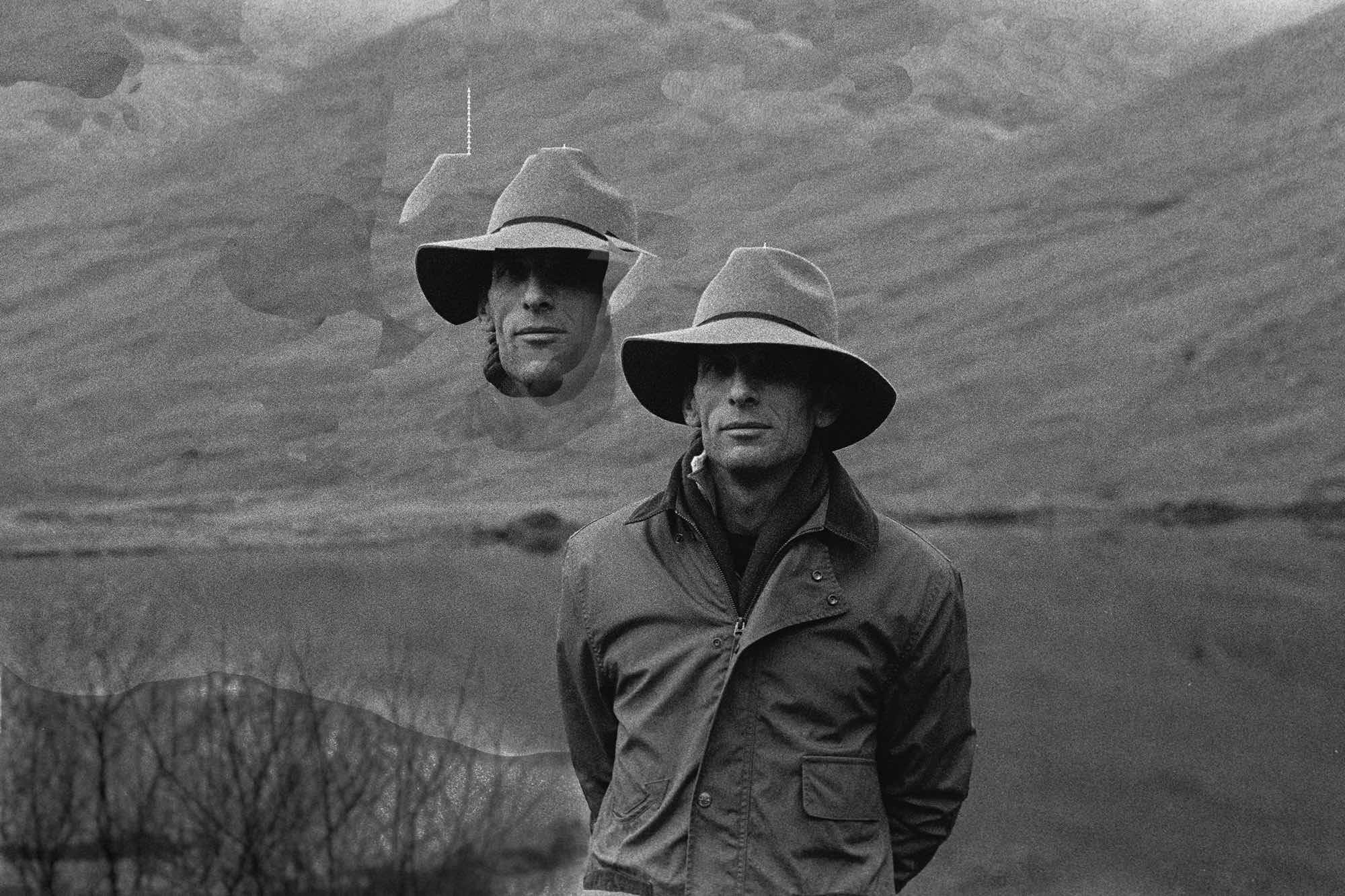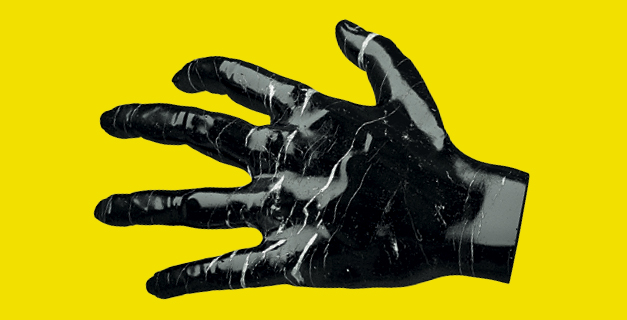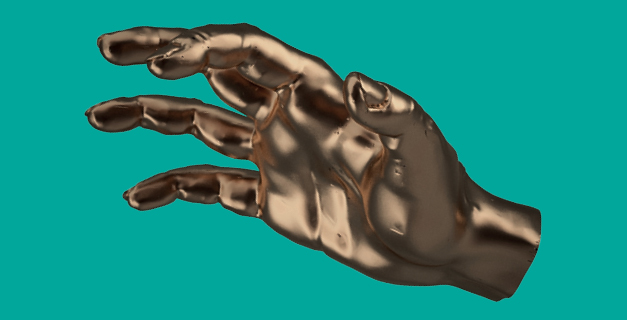Catalonia in Venice. Singularity
Albert Serra
17.12.2015 – 14.02.2016
Curator: Chus Martínez
Opening: Wednesday 16th December, 7 pm
Free guided tours: Tuesday, Saturday and Sunday at 6 pm
Serra’s latest piece takes the form of a large audiovisual installation projected onto eight screens. It was inspired by a conversation between artist and curator about the notion of the singularity, a concept that mathematicians and artificial intelligence researchers use to name the moment where our relationship with a machine changes, when technology ceases to be a mere tool and becomes a companion to the human species.
This project includes a 32-page publication jointly published by the Institut Ramon Llull and Mousse, which is available as a free download on the project website.
After being selected to represent Catalan art on one of the leading international stages, this project now comes to Barcelona through the efforts of La Virreina Image Centre and the Institut Ramon Llull. This initiative builds on the two institutions’ previous partnership, thanks to which the show 25%: Catalonia at Venice, produced by the Institut Ramon Llull for the 55th Venice Biennale to worldwide acclaim, was put on at La Virreina Image Centre in spring 2004.
Five monumental screens narrate the strange presence of a group of people in proximity to a businessman and a mine. It is almost impossible to speak of a continuous narration, though the conversations still captivate us with unusual ease. Money, interest, profit, possibility, the future... they all speak of their expectations, while the businessman, the great mediator, promises them “gold”.
The gold on his lips is the promise of a source, the mine. A source a substance comes from, the precious metal (though it could just as well be regular currency or bitcoins) you can speculate with. The order of the present in the film is set off by almost unreal settings, by “pagan” interiors lacking in all technology; these setting are nevertheless pragmatic for gathering together a group motivated by interest, sexual and labour exploitation and by the idea that something powerful is about to happen.
The film does not have a narrative order, it can be watched and understood equally well from any of the five points of view presented in the spaces of the gallery. What the film deals with is the very idea of “civilization”, a type of complex social organization focused on resource exploitation. A society that is closed off into itself, with an eminently economic heart, needs to develop other forms of intelligence and other forms or technology so as to subsist. Singularity is concentrated on the instant where the fact of individual desire, corruption and everyday habits is opposed to the idea of a “renaissance”. These factors are immersed, in fact, in the simplest of decadences.
With no chance of future continuity, given the only relationships possible are homosexual, the only way out is through a strange technology that appears at the beginning and end of the film, a set of machine-camera-drones whose task is to steal from those who are already thieves.
The entire film speaks of now: of the abandon of complexity; the aspirations of factions and individuals; of the absence of intelligence in relationships with others. Yet it also addresses the current relationship with cultures and art, and with rigour as a future synonym of beauty.
Albert Serra (Banyoles, 1975) is a film director and producer. His first film Crespià, the Film Not the Village (2003) was not screened commercially. He later presented Honor de cavalleria (winner of the 2006 Barcelona Film Prize for Best New Director and for Best Film in Catalan) and El cant dels ocells (for which he won the 2009 Gaudí Prize for Best Film). In 2009, he was chosen as the avant-garde cinema icon of the Quinzaine des Réalisateurs at the Cannes Film Festival.
In 2012, he was one of the artists selected to participate in dOCUMENTA (13) in Kassel, where he showed his film Els tres porquets. The following year he became the first Catalan director to win the Golden Leopard prize for Best Film for Història de la meva mort (2013) at the Locarno Film Festival. He has recently been invited to show work at the Centre Pompidou in Paris (2013) and Bozar in Brussels (2014), where he was given carte blanche.
Chus Martínez (La Coruña, 1972) is currently Head of the Art Institute of the Fachhochschule Nordwestschweiz (FHNW) in Basel, Switzerland. She holds a BA in Philosophy and History of Art from the Universitat Autònoma de Barcelona and also completed a master’s degree in curatorial studies at Bard College in New York. Over her career she has held the positions of Artistic Director at the Sala Rekalde in Bilbao (2002-2005), Director of the Frankfurter Kunstverein (2005-2008) and Chief Curator at the MACBA (2008-2011). More recently she has worked at the Museo del Barrio in New York and was a member of the curatorial team for dOCUMENTA (13) in Kassel, Germany.
In 2005, Martínez curated the National Pavilion of Cyprus for the 51st International Art Exhibition of la Biennale di Venezia. She was also a member of the advisory team for the Carnegie International exhibition in 2008 and participated as a guest curator in the 29th São Paulo Biennial in 2010. In addition, she has organized exhibitions around the world, has spoken at numerous seminars and conferences and has served as a member of juries for a number of prestigious events. She publishes regularly in art journals.
ASSOCIATED ACTIVITY
Wednesday 16 December
Albert Serra (artist), Chus Martínez (curator) and Jaap Guldemond (Director of Exhibitions, Eye Film Intitute, Amsterdam)
In conversation
Language: English
Virreina LAB, 6 pm
Free Admission. Limited Places






